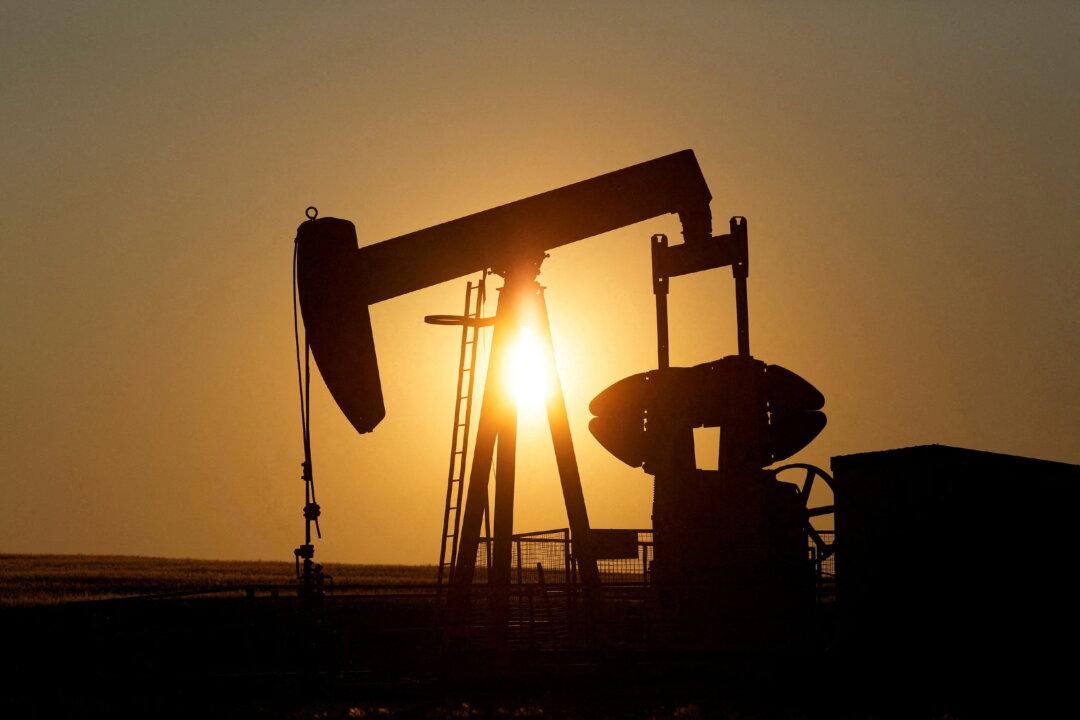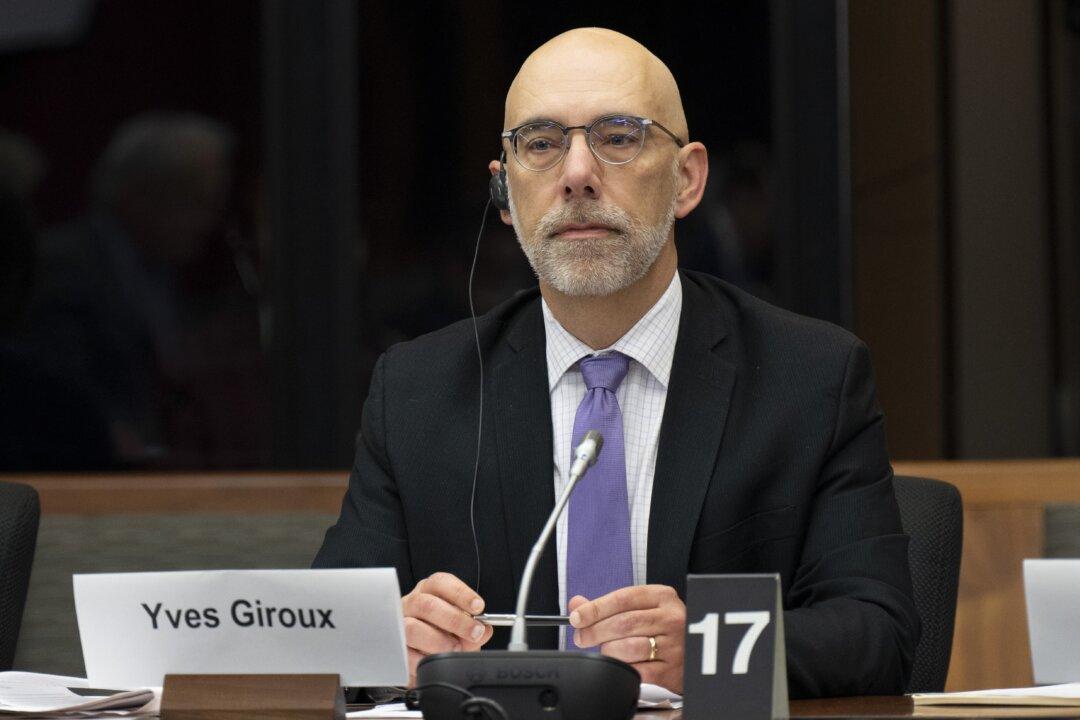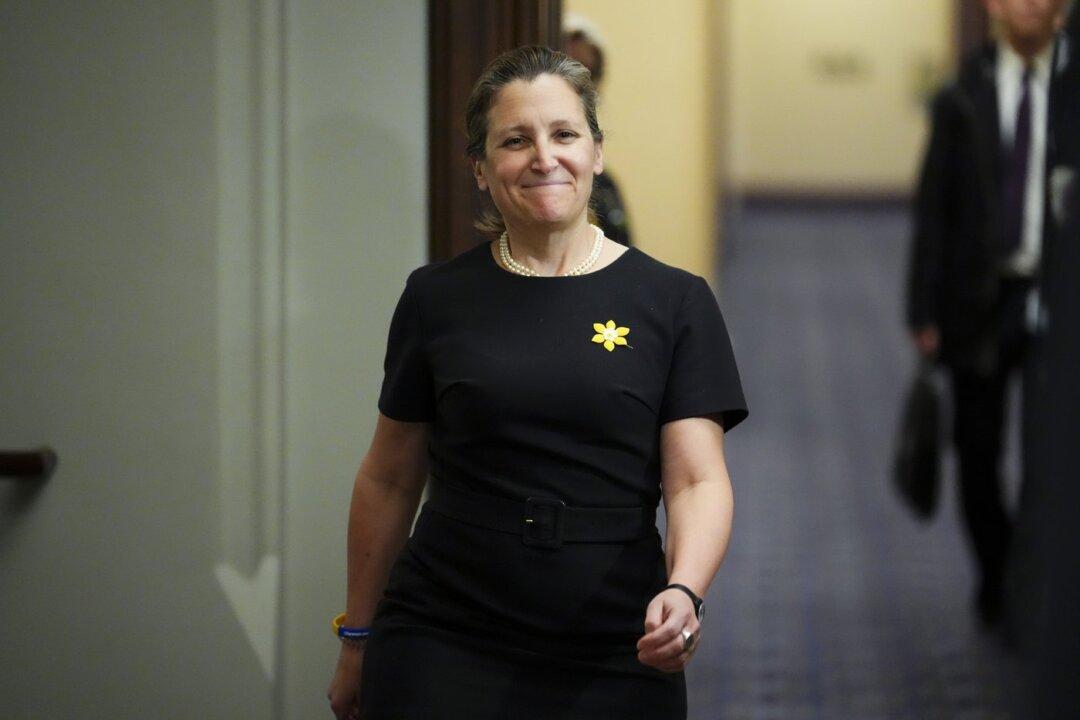Canada’s current climate policies, outlined in a number of federal plans that have been introduced over the past several years, could cause future energy insecurity while increasing oil and gas prices, says a new paper.
“Oil and gas are vital to our mutual security and our energy advantages should not be frittered away,” reads the paper “The Fallacies Undermining Energy Security” published by the Fraser Institute on Nov. 24.





